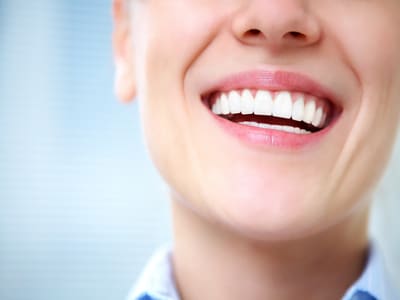From Teeth to Jaws: Unraveling the Anatomy of Orthodontics

Having a deeper understanding of the treatment process is invaluable for patients and parents alike. Knowing what goes on behind the scenes during orthodontic treatment can help you make informed decisions. That’s why Dr. Kevin C. Moss and Dr. Matthew D. Wall at Moss Wall Orthodontics are here to provide essential insights into important topics before you step into a consultation.
The Jaw
The jaw and the bones, muscles, and joints that make up the jaw are important to the structure of the face and are the foundation of your bite. The fit of the upper and lower jaw bones is a big part of your orthodontic health. The upper jaw, or maxilla, is the stationary bone of the jaw. It connects to the lower jaw, or mandible at the temple to form the joint of the jaw. The mandible is the moveable half of the jaw joint, more formally known as the temporomandibular joint.
The temporomandibular joint (TMJ) is an articulate joint, meaning it moves. Both the upper and lower jaws are in halves that meet in the center of the face when properly aligned. This centering of the jaw halves is an essential part of the health of your bite. Misalignment of the jaw can lead to muscle stress when swallowing, chewing, and sleeping. Unusual tooth stress can hurt enamel and cause wear on teeth prematurely.
Pain around the jaw and face could also be a result of a jaw disorder, or TMDs (Temporomandibular joint disorders). The National Institutes of Health estimate that 5 to 10% of adults have a jaw disorder.
The Tooth
Many people don’t know this, but teeth are part of joints too! The space where the tooth connects to the jaw and gums is a joint. This joint is called a gomphosis and is the only example of this variety of joints in the human body. A gomphosis is like a peg in a hole and is a stationary joint, not capable of movement on its own. The part of the jawbone that the teeth connect to is the alveolar bone, part of the tooth joint system.
The tooth itself is composed of four layers of tissues. Three of these layers are hard tissue, which means they are calcified. The enamel, dentin, and cementum make up the hard parts of the tooth, while the pulp, a soft tissue, houses the nerves present on the inside of the tooth. The cementum covers the root of the tooth below the gum line.
Orthodontic Movement
The upper teeth and lower teeth having a healthy and centered bite is the primary goal of orthodontics. Malocclusion is the misalignment of the bite. This can occur in many ways, and for numerous reasons. To treat malocclusion, orthodontists use a variety of appliances, braces, or even tooth extraction.
Moving teeth is a slow process because it involves the destruction and formation of bone. To forge a path for a tooth in the direction an orthodontist would like, bone cells must destroy existing alveolar bone, and fill in the bone as the tooth moves. For optimal timing and health, teeth should move about a millimeter a month. It may seem like a short distance, but this movement greatly improves health and the structure of the facial bones.
After treatment, because the new bone needs to mature to prevent relapse, a retainer is necessary. For more information about retainers and how and why they work, please see our website and blog. As always please feel free to call and schedule an appointment if you have questions or concerns.